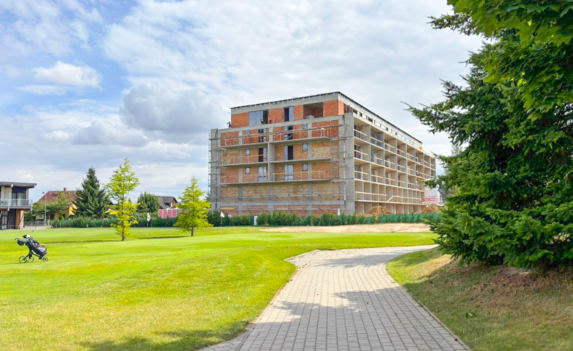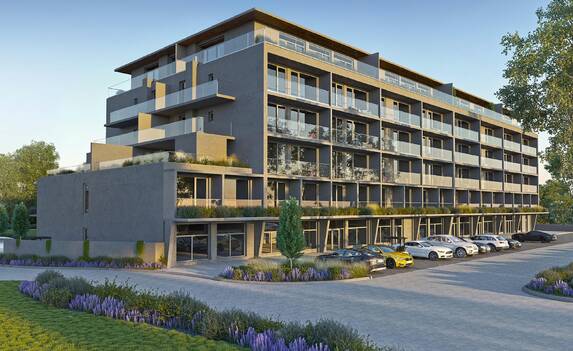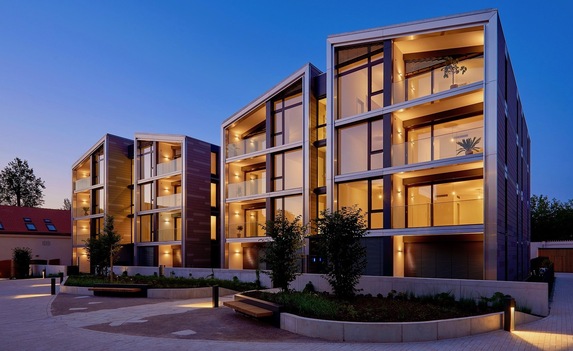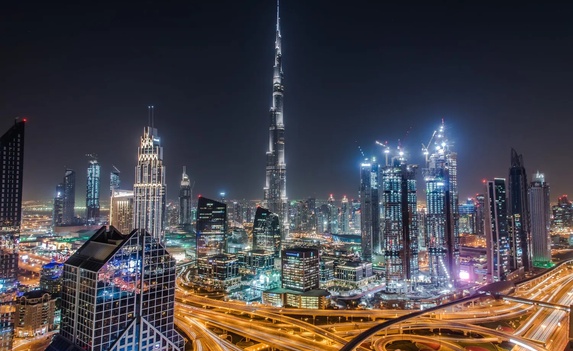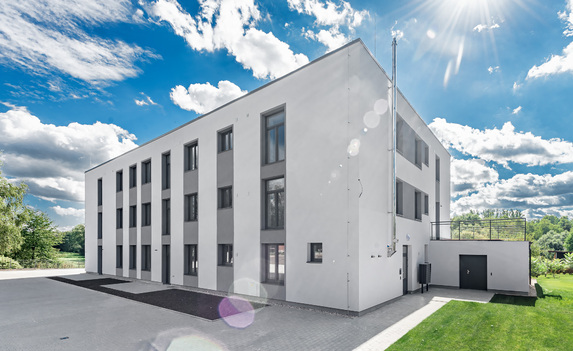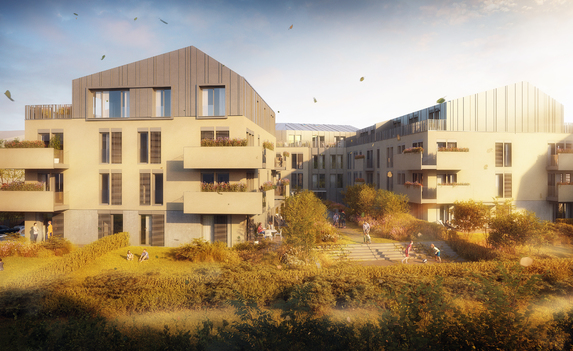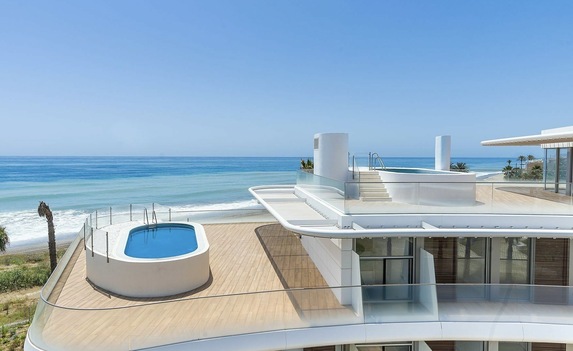Modern construction according to a plan from the nineties? The creation of the new Metropolitan Plan is in the final stage

Slow housing construction, decaying brownfields, lengthy processes and regulatory confusion. Prague has set itself the goal of solving all of this in the following years. The new Metropolitan Plan, a key document that will determine how the city will develop over the next two decades, is to help it.
The new master plan for the development of the capital is slowly approaching finalization after years of preparation. The city has been working on it since 2012. In 2018, it went through a joint meeting, during which comments could be made not only by ministries, city districts and other relevant authorities, but also by the public.
As reported by the iDnes portal, its creators received almost 45,000 comments as part of the commenting process. However, only about a third of them were taken into account, the remaining 30,000 comments were duplicates. Most of them were submitted by city districts and preservationists, who were bothered by the possibility of stopping greenery, excessive construction density or insufficient height regulation of new buildings.
For example, Prague 4, according to iDnes, pointed out that the plan made it possible to build buildings up to 160 meters high in Pankrác, despite the recommendations of the UNESCO organization for a height limit of 70 meters, which has long criticized high-rise construction in the given location. The new version of the plan already includes a modified height set according to the recommended limit.
The current modified version was presented to the public in April this year and can be seen at the Center for Architecture and Urban Planning. Its creators are currently working on processing comments that could be submitted until the end of June this year.
The spatial plan from the 1990s is no longer enough
According to the city management, the existing spatial plan, which was approved in 1999, is not sufficient for a modern metropolis of the 21st century. As early as the 1930s, the idea of four urban zones: housing, work and recreation, between which citizens would be transported by the transport zone, was promoted. The current plan also followed this idea.
However, the division into four zones soon ceased to be enough and the zones began to crumble into smaller areas. After incorporating all the changes, there are currently over ninety species. At the same time, the change was only discussed between 2000 and 2012 to 2060, which slows down construction and causes a waste of both money and time of the parties involved.
Although the current plan addresses what may or may not stand where, it does not take into account the spatial urban structure of the city, such as the number of floors or the effect of new buildings on their surroundings and demographic and economic development, when the suitability of the use of individual parcels changes over the years.
The city of short distances and the solution to the housing crisis
Construction problems in the city caused it to expand into the surrounding area. Establishing a clear city boundary and not expanding it is one of the main ideas of the Metropolitan Plan. The territorial plan will precisely define the areas intended for development and the conditions of their use, so that at the same time it will be possible to better protect the character of individual districts, residential greenery, parks or garden settlements.
It counts not only with the use of brownfields, but also with the construction transformation of locations such as Rohanský ostrov, Kolbenova, Nové Dvory and the surroundings of Slatin. In addition, the municipality is counting on building a city of "short distances", that is, developing services systematically in all, even more remote parts of Prague.
According to the e15 portal, the statement of Petr Hlaváček, deputy mayor for territorial development and spatial planning, the metropolitan plan will enable the creation of at least 150,000 new apartments. In addition, in locations where there is no need to create new infrastructure, such as peripheral areas and areas outside Prague, but often also in the wider city center, such as the area between upper and lower Holešovice. According to him, around 10,000 new residents will be added to Prague every year, and soon their total number may reach 2 million. If the city wants to avoid a serious housing crisis, it is necessary to prepare for it.
Criticism and hope
Despite many modifications and changes, the current version faces a number of critics. One of them is the Arnica environmental protection organization. She criticizes the reserving of new construction sites, when, for example, gardening colonies, which are already facing strong pressure from developers, fall into this category. There are around 150 of them in Prague, and many of them have more than 100 years of tradition. They were originally created on the outskirts of the city, but as it expanded, they got closer and closer to the center.
Although the new spatial plan perceives garden colonies as built-up areas due to existing construction, it reserves them as non-building areas. And this applies not only to gardens, but also to parks, in which pubs or recreational facilities are located. According to Arnica, these green areas may lose their existing protection. However, according to the creators of the plan, these concerns are unnecessary and the protection of all green areas will be set up sufficiently. As reported by the iDNES portal, in Prague 12 alone, constructionally inviolable greenery covers an area of 127 hectares.
The developers are also accepting the new plan, although positively, but rather cautiously under the slogan "something is better than nothing". As Estate magazine reports, their criticism is primarily directed at the fact that after incorporating the comments from 2018, the current version is not very ambitious. It is primarily a matter of height regulation, which prevents the emergence of dominant heights following the example of western metropolises.
At the same time, it is not just about skyscrapers. In many areas, the height limit was even set at no more than six floors, which, according to critics, goes directly against the densification plan. However, despite the shortcomings, the metropolitan plan is adopted with the hope that the development of the city will move in the right direction in the coming decades.
Photo: metropoliniplan.praha.eu- author
- Filip Kubus
- date
- 05. 09. 2022

Contact us +420 731 544 904
World first class services for real estate sales and marketing. We rely on creativity, innovation, courage and optimism. Art of Business. We change the established. We push the boundaries.
CONTACTS








































New properties sent to your email
Subscribe.

